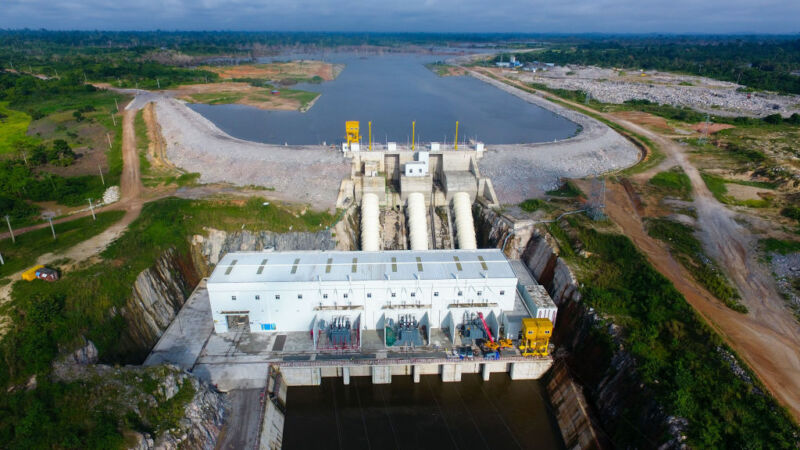
Enlarge / A new hydroelectric power station in the Ivory Coast. (credit: Xinhua News Agency)
There's been a lot of discussion about how areas that are seeing explosive renewable growth can manage the large amount of intermittent electricity sources. But these mostly focus on regions with mature electric grids and a relatively static growth in demand. What would happen if you tried to grow renewables at the same time you're trying to grow a grid?
A EU-US team of researchers decided to find out what a good renewable policy might look like in West Africa, an area similar in size to the 48 contiguous US states but comprised of 16 different countries. Some of these nations already get a sizable chunk of their power from renewables in the form of hydropower, but they are expected to see demand roughly double in the next decade. Although renewables like solar and wind are likely to play a role purely based on their price, the researchers' analysis suggests that a smart, international grid can balance hydro, wind, and solar to produce a far greener grid.
Hydro as a giant battery
The new work has a mix of focuses. It's run against the backdrop of the expectation that West Africa's demand for electricity will explode over the next decade. Right now, the region has nearly 400 million inhabitants who consume a bit over 100 terawatt-hours a year (compared to the United States' 4,000TW-hr). By 2030, that demand is expected to be more than 200TW-hr—a fourfold increase from where demand was in 2015.
No comments:
Post a Comment